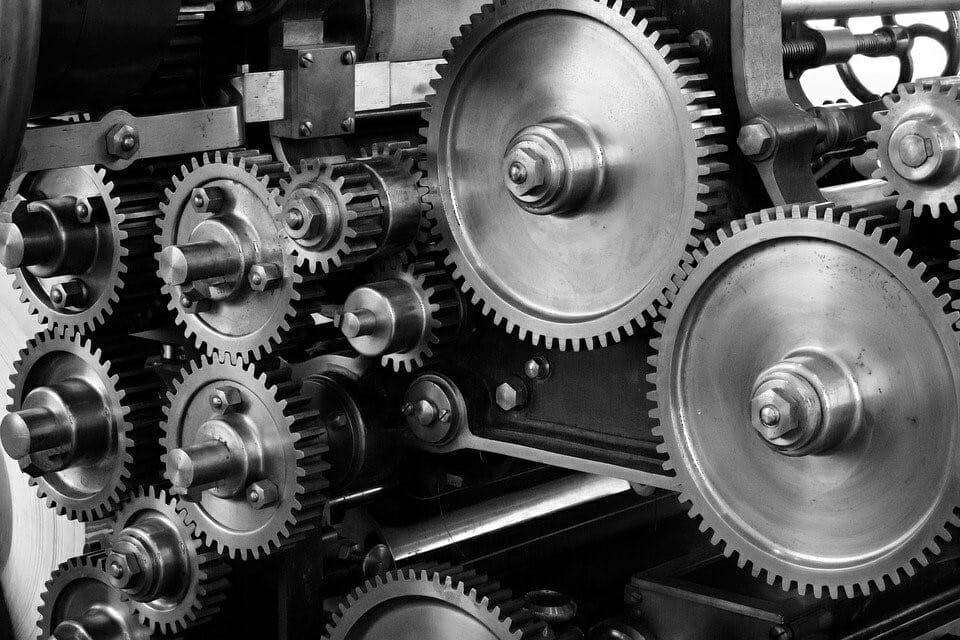Engineering
Engineering can be a complicated career, and people who haven’t studied it can feel daunted by the prospect of it. Although it is true that engineering takes a lot of studying, experience, and skill, many people may not realize that every day, they are surrounded by clever yet simple engineering mechanisms that make a wide range of tasks much easier.
Levers
Most people know what levers are, and how they work. They may be one of the simplest feats of engineering ever invented and one of the most useful. Capable of working on any scale, levers are mechanical devices that are used to give the user an advantage in lifting, prying, or moving items. They work by using a pivot point, or fulcrum, and are ideal for lifting heavy weights or to create larger movements with less force.
Examples of everyday levers include wheelbarrows, scissors, and claw hammers.
Springs
Springs can be found everywhere, from basic contraptions to complex machinery. They work by storing energy (picture a spring coiling tightly together), and then releasing energy (imagine letting go of the spring). Springs are often used for absorbing shock, or for controlling movement, and there are many different types, such as leaf, torsion, and constant force.

Everyday items that contain springs include toasters, car suspensions, washing machines, and gates.
Gears
Gears are mechanisms with teeth – often circular or cylindrical in shape, which fit together with another gear, or shaft, to transmit power or motion. Most people associate gears with vehicles, but there are many types of gears that are used for different things, including bevel gears, spur gears, and helical gears.
As well as vehicles, gears are used in everyday items such as mechanical garage doors, windup clocks, and drills.
Actuators
Moving on to mechanisms that people may not know about, even though they more than likely have items that use them, are actuators. They work by converting stored energy, usually in the form of pneumatic or hydraulic energy, or electric potential. Used to move or control another part of the device or machine it is in, they can create a range of movements, from rotary, to linear.
Actuators are used in office machinery, hospital equipment, machine finishing, and fitness equipment to name a few.
Cams
Cams are mechanisms which are used to convert motion – usually from rotational linear. They come in different designs, including circular, pear, and heart, depending on the function they need to perform. For example, a circular cam will produce a smooth, linear motion.
Everyday items such as toys, door locks, and photocopiers use cams.
Ratchets
Unlike many of the other mechanisms listed here, rachets are designed to limit motion. Consisting of a gear, pawl, and base, the ratchet mechanisms are usually used to hold things in place by holding the pawl against the gear by use of force.
Ratchet mechanisms can be seen in everyday items such as zip ties, turnstiles, and wrenches.
The great thing about these mechanisms is that they are incredibly simple yet can be used in even the most complex machinery. Their simplicity means that they are often overlooked as feats of engineering, but without them, our lives would be much more difficult.














